Pakistan: a political timeline
Pakistan has alternated between eras of civilian rule and decades under the control of its powerful military.
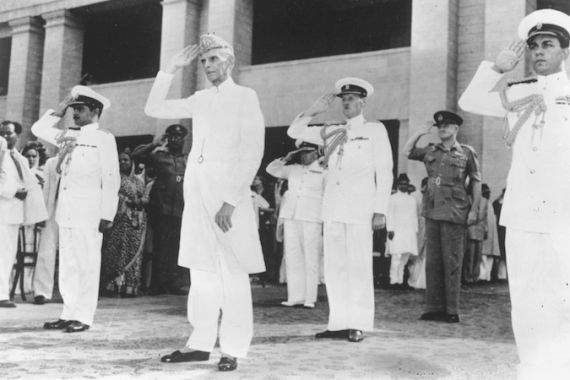
For just over half of its 64 years of independence, Pakistan has been ruled by its powerful military. Democratically elected governments have struggled to complete their terms, being alternately dismissed by presidents or removed from power by army chiefs.
Indeed, only one parliament has ever completed its five-year term – and it was headed by General Pervez Musharraf, a military dictator, as both president and army chief.
Al Jazeera traces through Pakistan’s complex political history in this interactive timeline.
The periods in orange represent civilian rule, and in blue represent military rule. The black markers represent key events. Hover over them for more information.
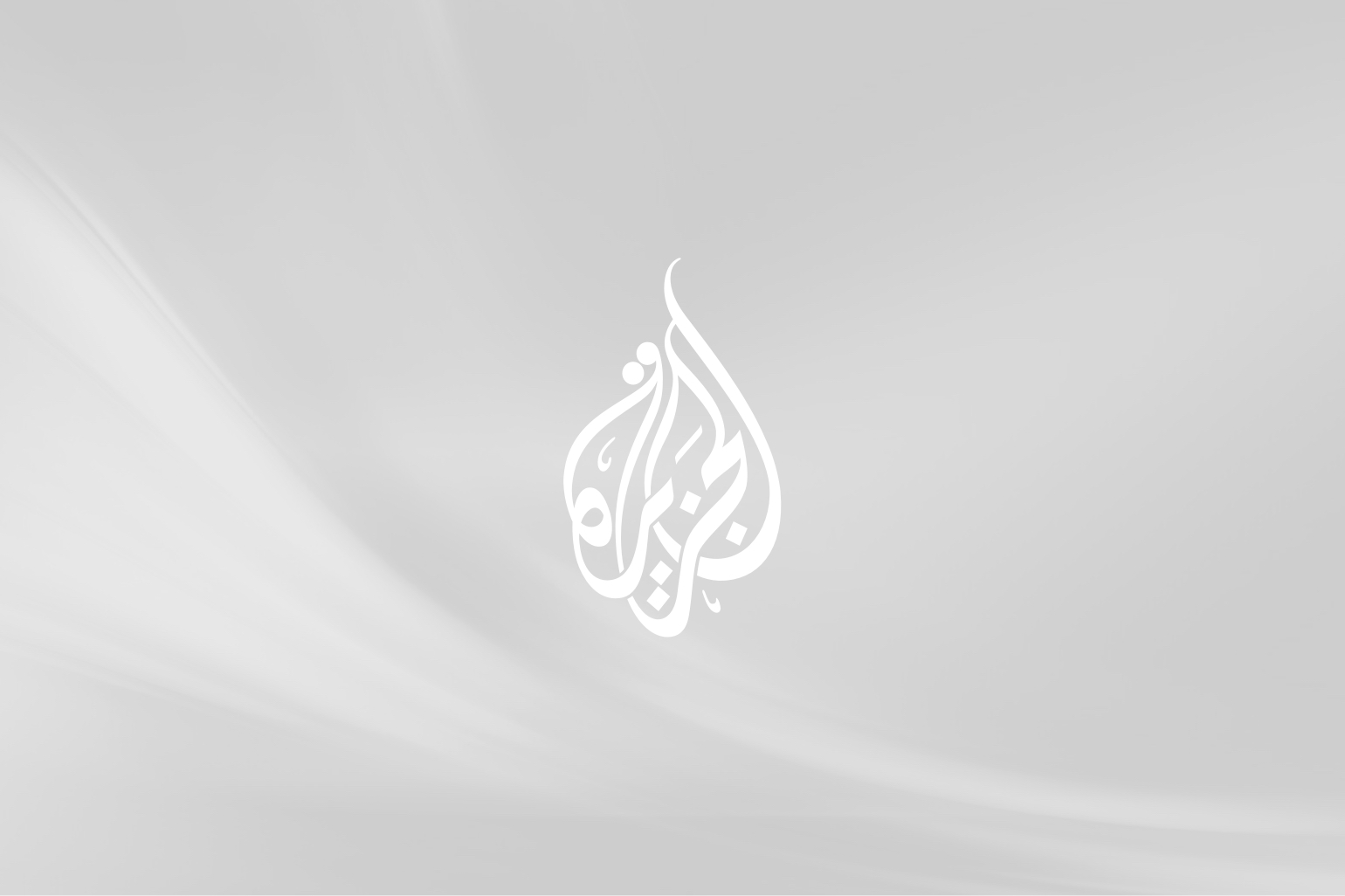







































Independence and first democratic era
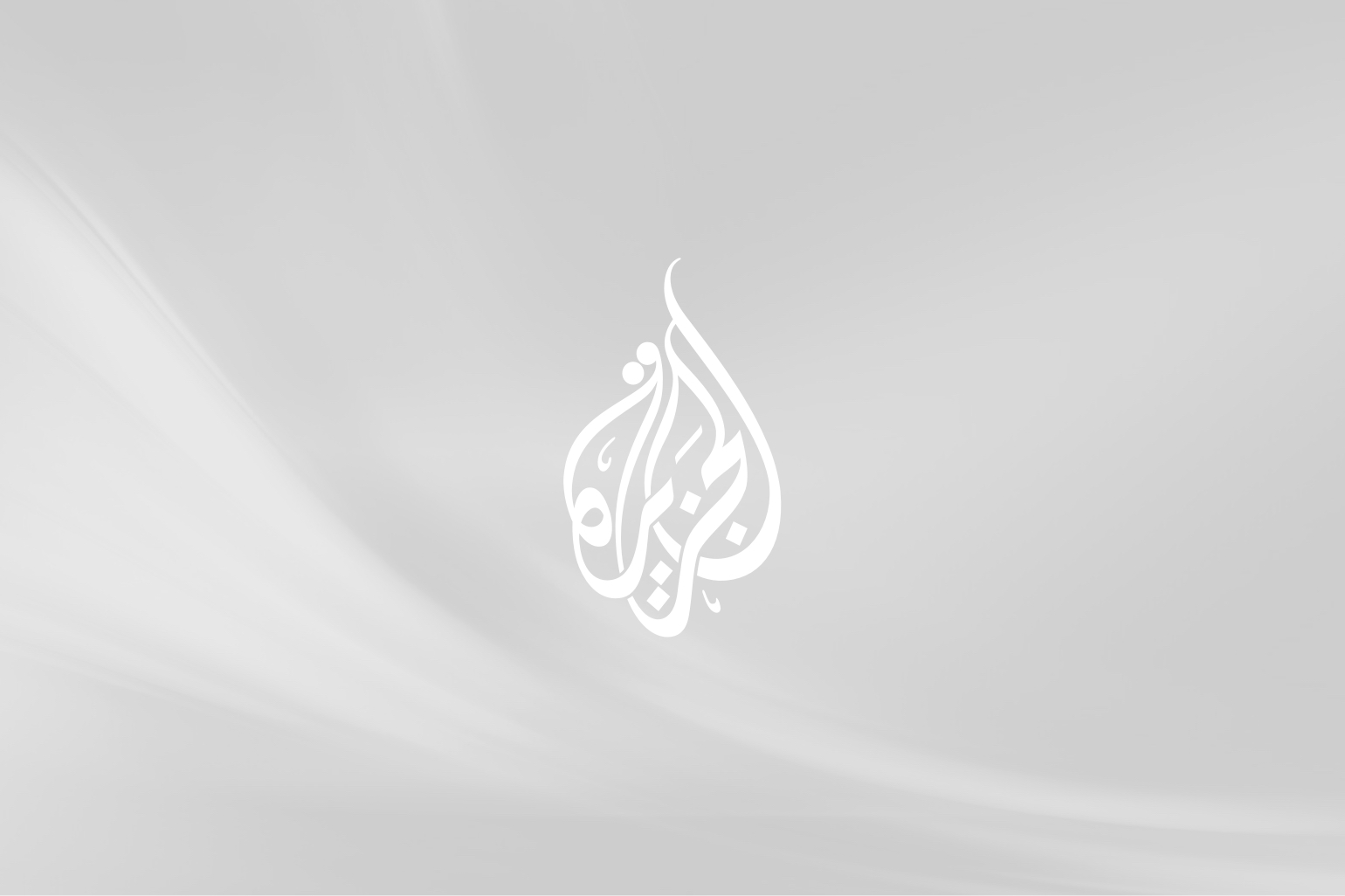
1947
The Indian subcontinent is partitioned into mainly Muslim Pakistan and mainly Hindu India. The government is headed by Muhammad Ali Jinnah as Governor-General, with Liaquat Ali Khan serving as Prime Minister. A constituent assembly is formed to act as both parliament and to draft a constitution.
1948
Long suffering from Tuberculosis, Muhammad Ali Jinnah dies. He is replaced by Khwaja Nazimuddin.
1951
Prime Minister Liaquat Ali Khan, who drafted the Objectives Resolution which today is the preamble to Pakistan’s constitution, is assassinated in Rawalpindi.
1956
Pakistan gets its first constitution, turning the country from an autonomous dominion into an “Islamic Republic”.
First military period
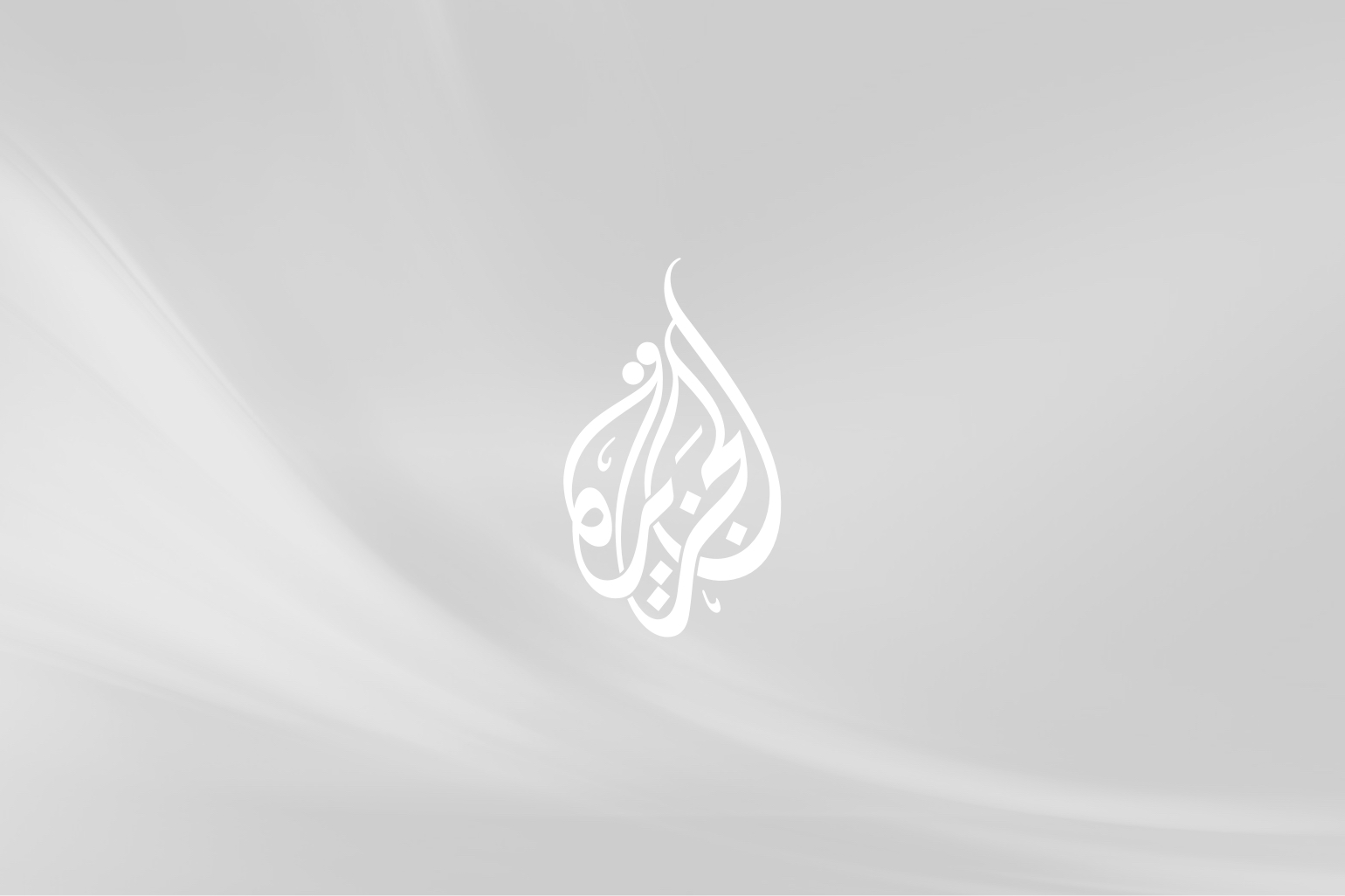
1958
President Iskander Mirza carries out a coup d’etat, suspending the constitution. Shortly afterwards, Army chief General Ayub Khan deposes Mirza and declares himself president. He appoints a commission to formulate a new system of government for the country.
1962
The second constitution outlines a presidential form of government, with a 156-member National Assembly and a Presidential electoral college of 80,000 “Basic Democrats”. Members of both bodies are equally divided between West Pakistan and East Pakistan (present-day Bangladesh).
1965
Ayub Khan defeats Fatima Jinnah in a controversial and closely fought poll.
1969
Amid protests, Ayub Khan resigns as president, handing over power to Army Chief General Yahya Khan. Martial Law is proclaimed and all assemblies are dissolved.
1970
General elections are held, with East Pakistani leader Sheikh Mujib-ur-Rehman’s party emerging as the overall winner. The results of the poll are contested.
1971
The controversy over the general election leads to a war, also involving India, that results in the independence of Bangladesh after a brutal Pakistani army action in East Pakistan.
Second democratic era
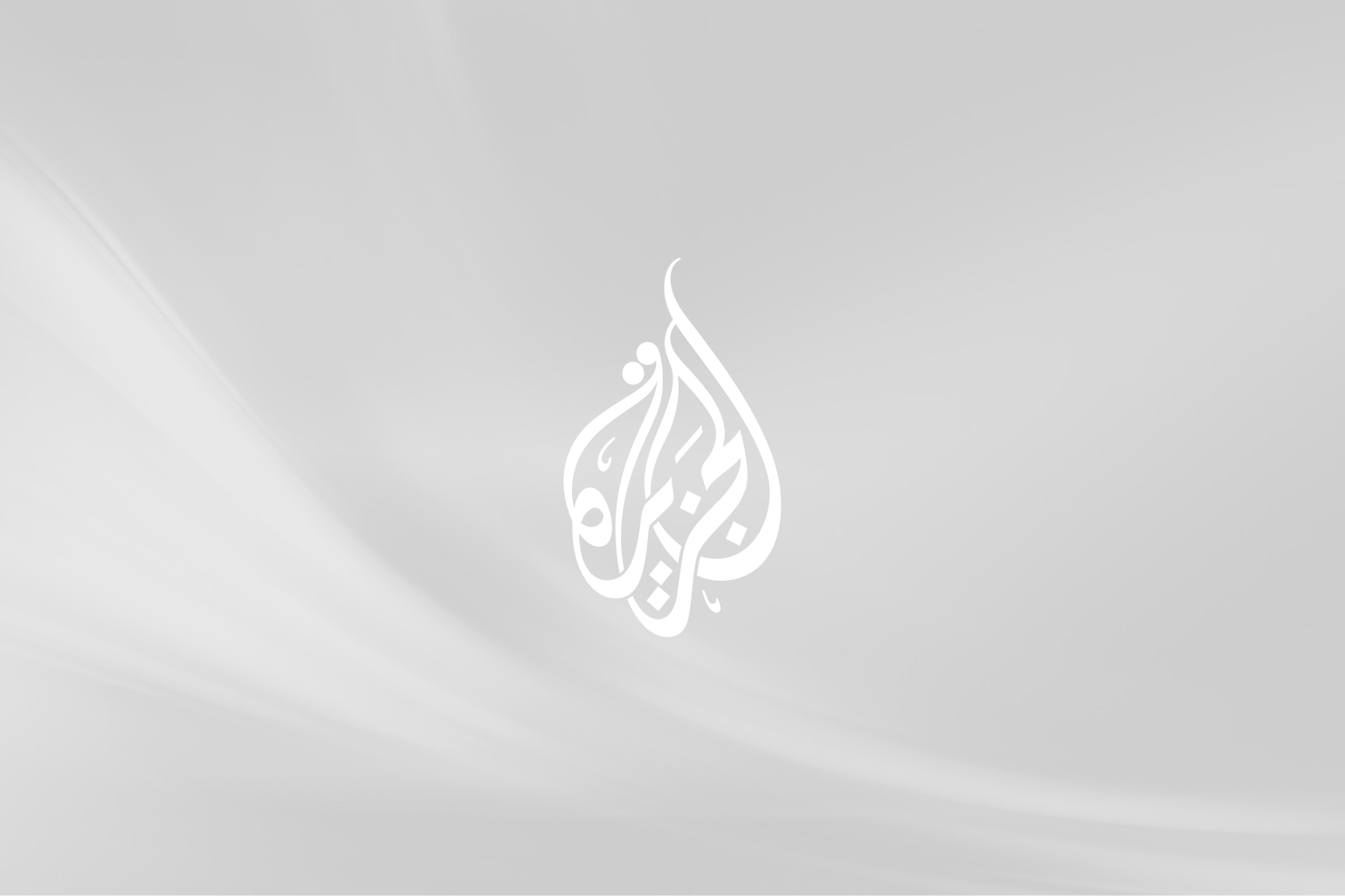
1972
Martial Law is lifted. Zulfikar Ali Bhutto is elected as president. He also launches Pakistan’s nuclear programme.
1973
A new constitution is enacted, declaring Pakistan a parliamentary democracy, with a prime minister as head of state, leading a bi-cameral legislature. Bhutto goes from president to prime minister.
1976
Bhutto appoints General Zia-ul-Haq as his chief of army staff.
1977
General elections are held, with the Bhutto’s party winning the majority of seats in the national assembly. Amid unrest following allegations of vote-rigging from the opposition, General Zia-ul-Haq steps in, removing Bhutto in a coup, suspending the constitution and declaring martial law.
Second military period
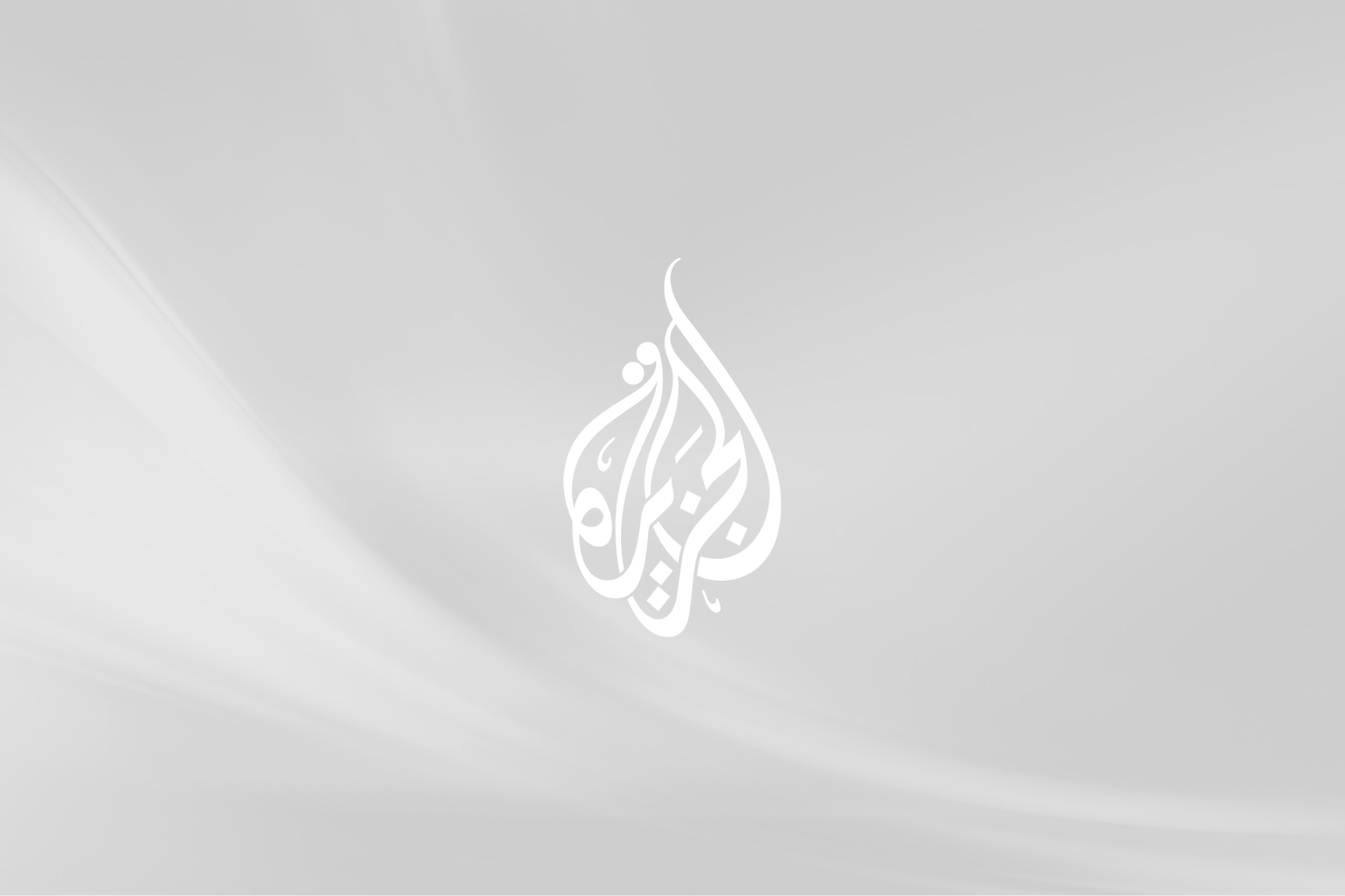
1978
Zia-ul-Haq is sworn in as president. He retains the office of army chief.
1979
After having been found guilty of “conspiracy to murder” in a trial heavily criticised for having been influenced by Zia, Bhutto is executed. Zia enacts the controversial Hudood Ordinance, a law brought in as part of Zia’s ‘Islamisation’ policy that prescribed punishments considered more in line with the Quran.
1982
Having put off polls indefinitely and banned political activity, Zia forms a federal council of ‘technocrats’ he has nominated.
1984
Zia-ul-Haq holds a referendum on his Islamisation policies. His government claims that more than 95 per cent of votes cast were in support of Zia.
1985
General elections are held (on a non-party basis). Martial law is lifted and the newly elected national assembly ratifies Zia’s actions over the last eight years, and elects him as President. Muhammad Khan Junejo is elected as prime minister.
1988
Amid widening rifts, Zia dissolves parliament, dismissing Junejo’s government under Article 58-2(b) of the constitution. He promises elections within 90 days. On August 17, however, he is killed, along with 31 others, in a plane crash.
Third democratic era
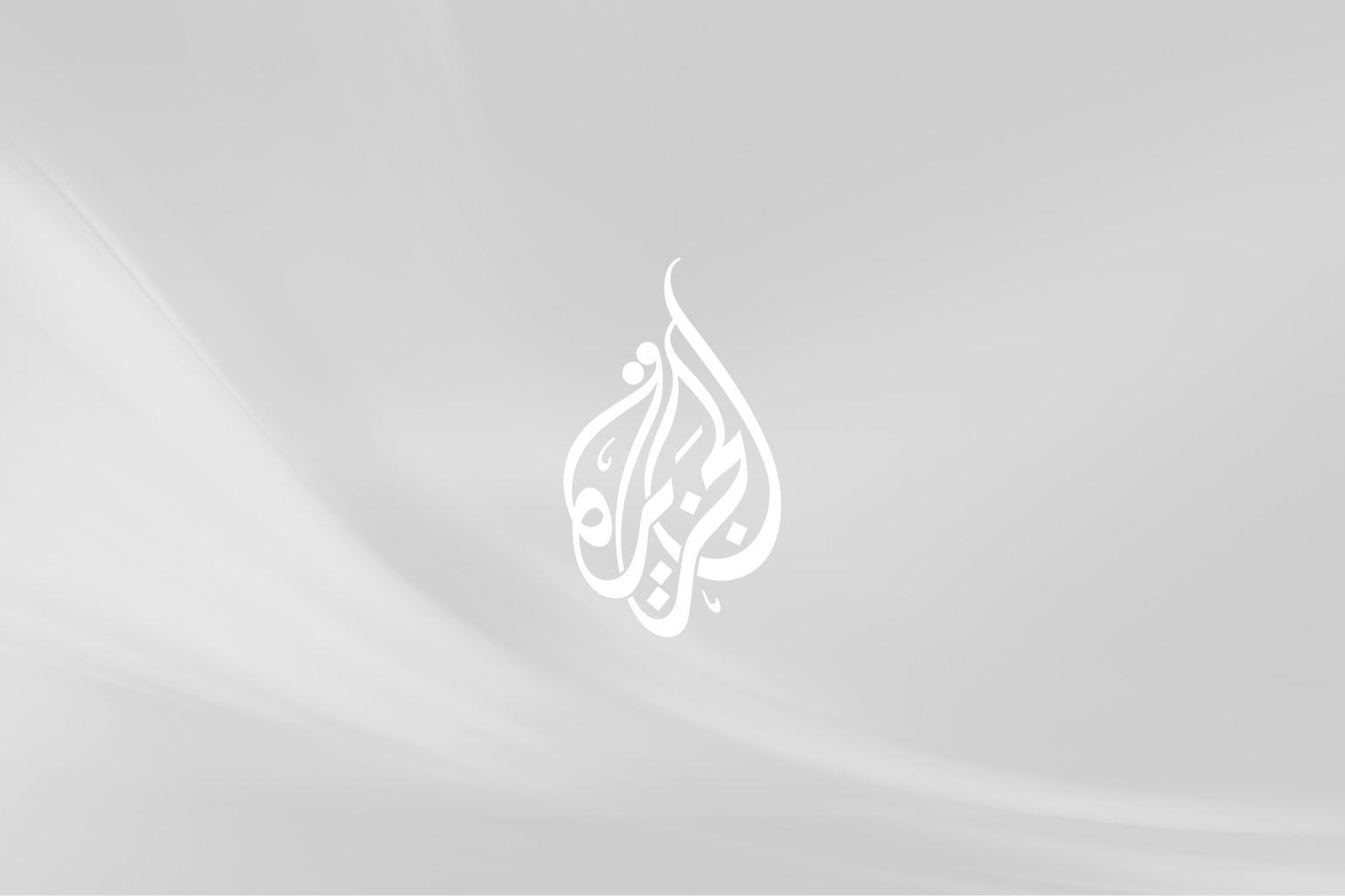
1988
General elections are held, with the PPP (led by Zulfikar Ali Bhutto’s daughter, Benazir) winning a majority of seats. Bhutto is sworn in as prime minister.
1990
President Ghulam Ishaq Khan dissolves the National Assembly, dismissing Bhutto’s government on charges of alleged corruption and incompetence. Fresh elections are held, and Nawaz Sharif, groomed under Zia as the head of the Islami Jamhoori Ittehad (IJI), is elected prime minister.
1991
The National Assembly adopts the Shariat bill, codifying elements of Islamic law into Pakistan’s legal system.
1992
Nawaz’s government initiates a military operation against violence in Karachi, the country’s largest city. The operation is largely seen to target members of the Muhajir Qaumi Movement (MQM), a political party with its base in the city.
1993
President Ghulam Ishaq Khan dismisses Sharif’s government for alleged corruption and incompetence. He himself resigns later in the year. General elections are held, with Benazir Bhutto elected prime minister for her second term. Farooq Leghari, a member of the PPP, is elected as the country’s president.
1996
President Farooq Leghari dissolves the National Assembly, dismissing Benazir Bhutto’s government, which was operating under a cloud of corruption allegations.
1997
General elections are held, the fourth time such polls have taken place since 1988. Nawaz Sharif’s PML-N party wins in a landslide, and he is elected prime minister for the second time. Rafiq Tarar is sworn in as President the next year.
1998
Pakistan conducts nuclear tests in the Chaghai Hills of Balochistan, in response to similar Indian tests days earlier. The international community imposes strict economic sanctions on the country in response.
Third military period

1999
After the Kargil War, Nawaz Sharif attempts to replace General Pervez Musharraf, his army chief. Musharraf takes power in a coup, placing Nawaz Sharif and other political leaders under house arrest.
2000
The Supreme Court validates Musharraf’s coup and gives him executive and legislative authority for a period of three years. Nawaz Sharif and his family flee to exile in Saudi Arabia.
2001
General Pervez Musharraf assumes the office of president, while remaining chief of army staff.
2002
Musharraf wins a referendum on his presidency, granting him five more years in the job. The government claims he wins the poll by more than 95 per cent. A general election is also held, with the PML-Q, a party created by Musharraf and loyal to the president, winning most seats. The PML-Q’s Zafarullah Khan Jamali is elected prime minister. Musharraf, meanwhile, institutes a raft of amendments to the 1973 constitution.
2004
Zafaraullah Khan Jamali is replaced by Shaukat Aziz, then the finance minister, as prime minister of Pakistan.
2007
President Musharraf dismisses Chief Justice of the Supreme Court Iftikhar Muhammad Chaudhry, prompting a nationwide protest movement for his reinstatement. Chaudhry is eventually restored, but Musharraf imposes a state of emergency later in the year ahead of a key apex court ruling on the legality of his rule. The National Assembly, meanwhile, completes its five-year term for the first time in Pakistan’s history. Benazir Bhutto, who returned to the country to campaign in the general elections after the passage of a controversial blanket corruption amnesty deal, is killed in a bomb attack in Rawalpindi.
Fourth democratic era

2008
General elections are held, with the PPP winning the majority of seats in the national assembly. Yousuf Raza Gilani is elected prime minister, with Asif Ali Zardari, Bhutto’s widower and now co-chairman of the PPP, replacing Musharraf as president.
2009
After heightening tensions over the issue, Iftikhar Muhammad Chaudhry and his colleagues in the judiciary are restored to their positions, having been dismissed by Pervez Musharraf after his 2007 state of emergency.
2010
Pakistan’s parliament passes the 18th amendment to the 1973 consitution, which, among other things, reverses some of the changes brought about by Musharraf and also removes the President’s power to dissolve the parliament unilaterally under Article 58-2(b).
2011
Caught amidst scandals involving both corruption probes and the so-called “Memogate” affair, the PPP government comes under increasing pressure from the opposition to hold early elections.
2012
After being found guilty of having committed contempt of court for not implementing a Supreme Court order to reopen a corruption case involving President Asif Ali Zardari, Prime Minister Yousuf Raza Gilani is deemed to be ineligible to hold public office. He loses his seat in parliament, but not before he becomes the longest serving prime minister in Pakistan’s history. He is succeeded as PM by Raja Pervez Ashraf, another leading PPP member and Zardari loyalist.
2013
The PPP-led coalition government becomes Pakistan’s first democratically elected civilian-led government to complete its five-year term in office. A caretaker government is appointed and a general election is set for May 11.